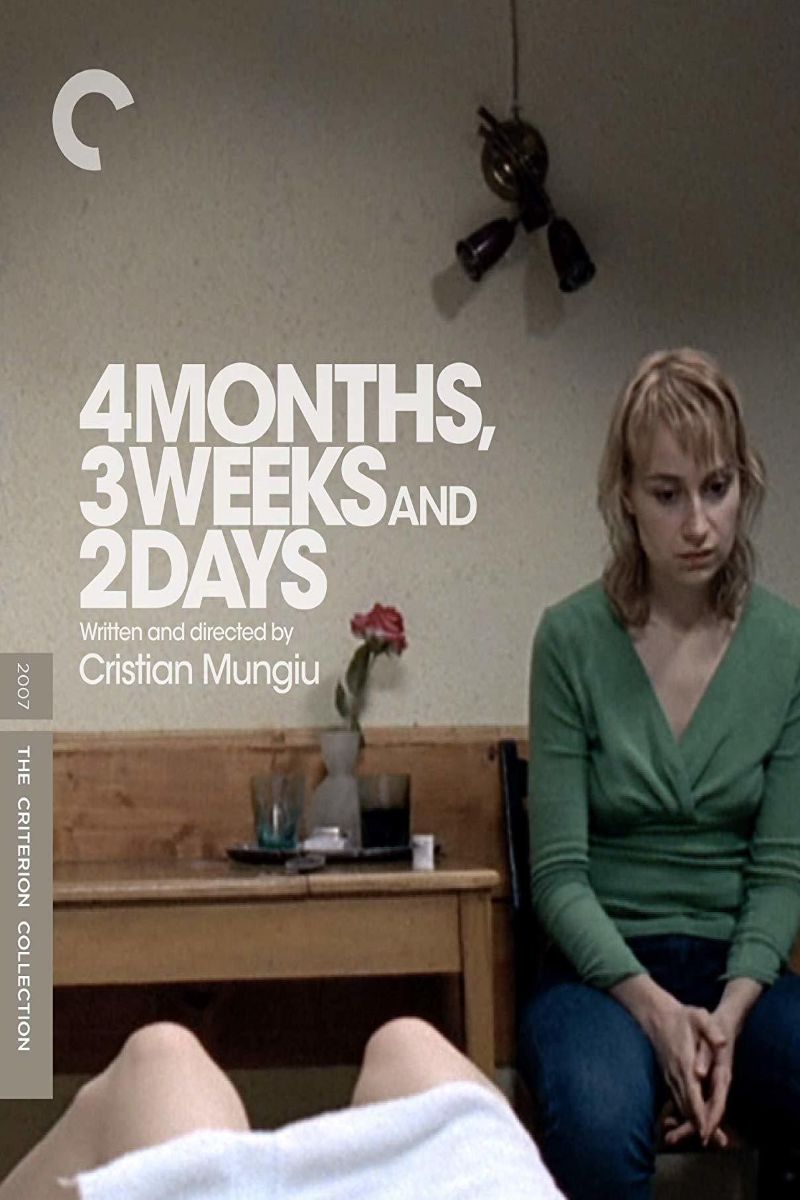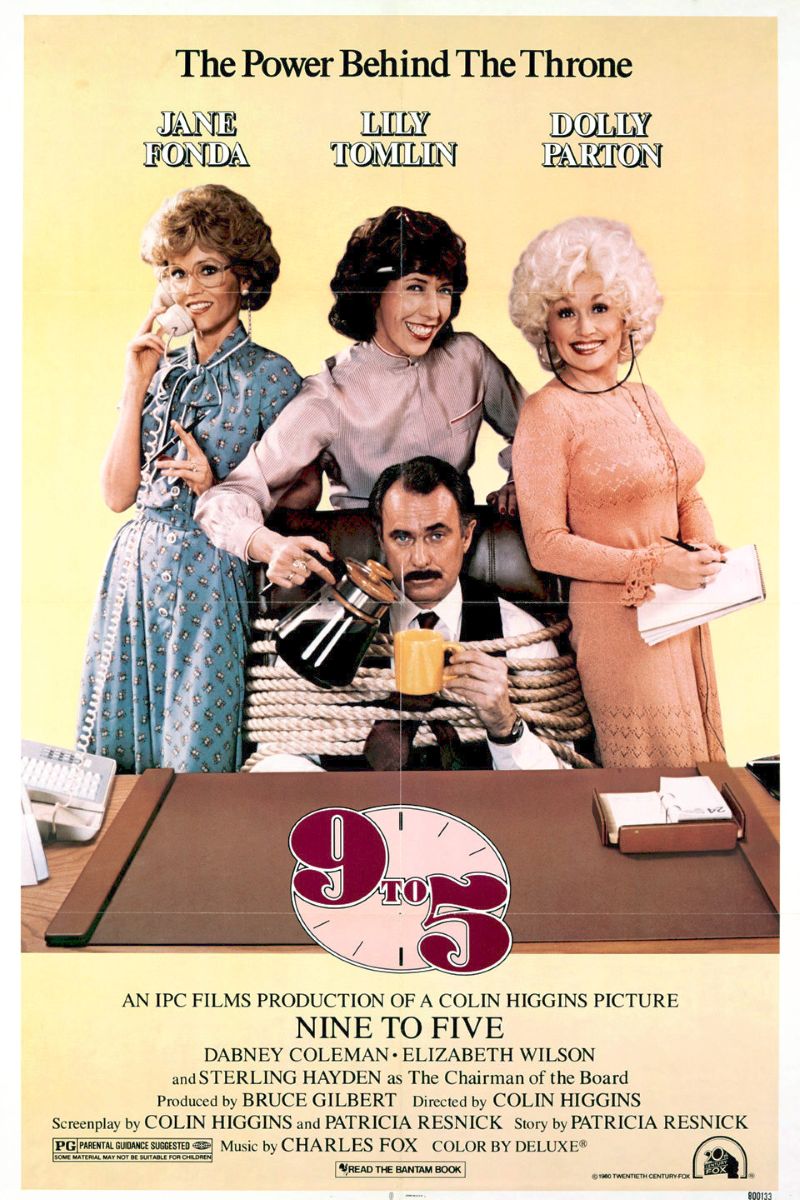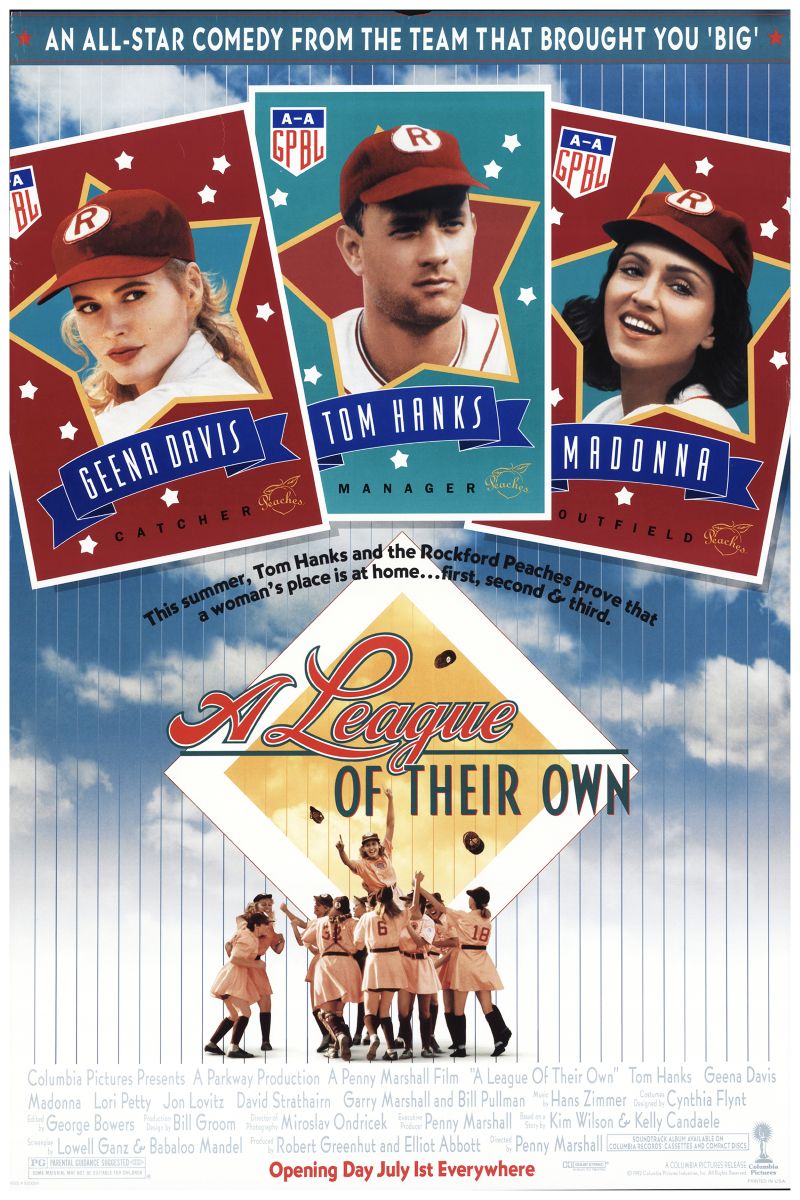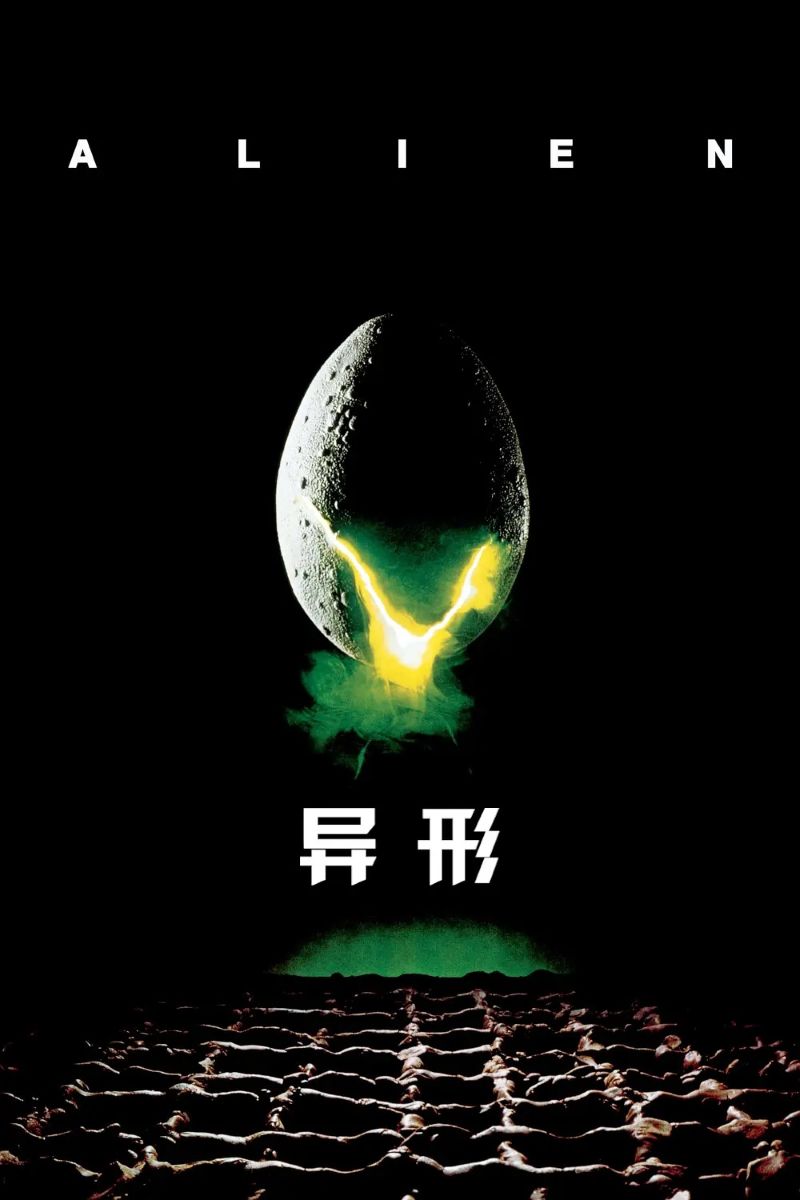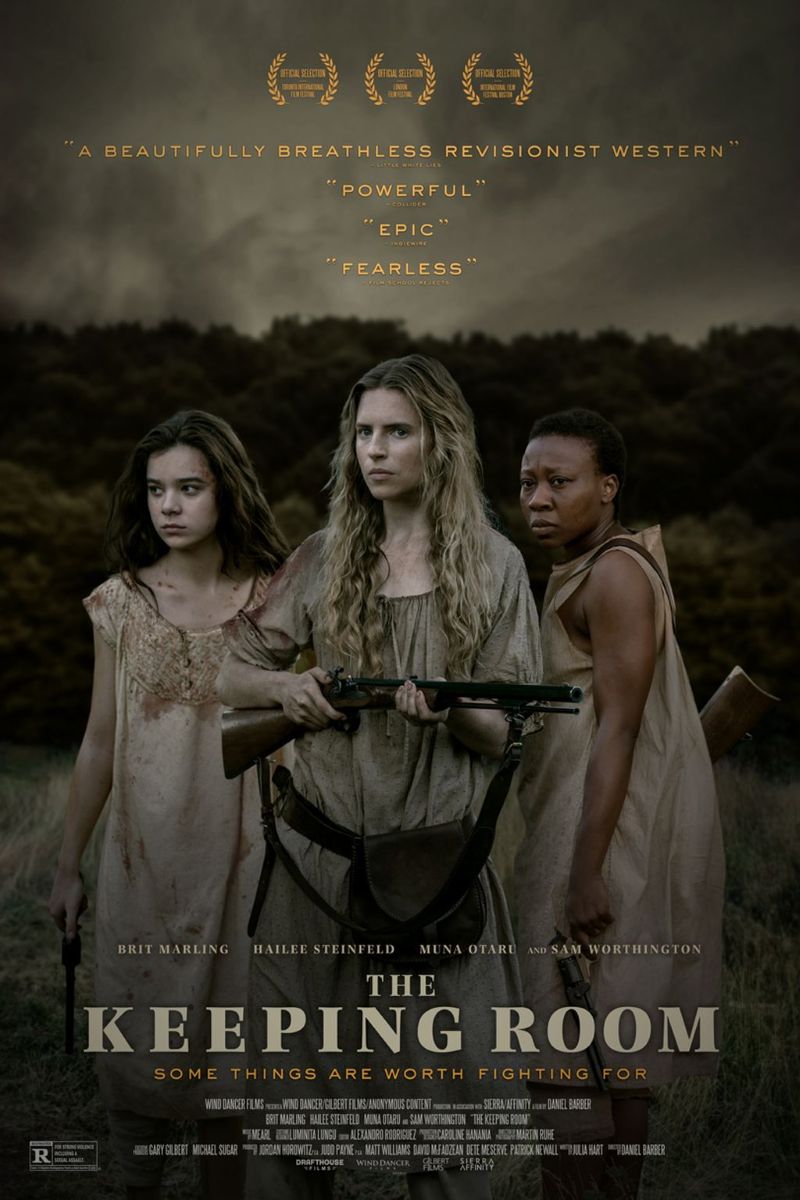
The Keeping Room
The Keeping Room
At the end of the American Civil War, three women living alone on a desolate Southern farm must fight to defend themselves against two rogue soldiers who have broken off from the Union Army. This revisionist feminist western reexamines the brutality of war from a female perspective, exploring complex themes of women's self-defense rights, racial relations, and survival instincts.
主演
🎥 影评与解读
“The Keeping Room” stands as a subversive feminist work that overturns traditional Western genre conventions, focusing the lens on marginalized female experiences within the male-dominated narrative of the American Civil War. Director Daniel Barber and screenwriter Julia Hart collaborate to create a brutal yet beautiful story about how women defend their dignity, homes, and lives under extreme circumstances. This film not only redefines the possibilities of the Western genre but poses sharp questions about gender and racial issues in American history.
The film’s central conflict revolves around the survival struggle of three women: Augusta (Brit Marling) is a resolute elder sister bearing the responsibility of protecting her family; Louise (Hailee Steinfeld) is a young, sensitive younger sister forced to mature amid harsh reality; Mad (Muna Otaru) is an enslaved Black woman whose situation embodies the dual oppression of race and gender. This character configuration skillfully demonstrates the complex circumstances facing different women’s groups in 19th century Southern American society.
From a feminist perspective, “The Keeping Room’s” most important contribution lies in its exploration of female violence and self-defense rights. Traditional Westerns often portray violence as an exclusively male domain, with female characters typically in passive positions of being protected or rescued. However, this film subverts these stereotypes, showing how women rely on their own wisdom and courage to resist threats when lacking male protection. This portrayal not only carries historical significance but provides important inspiration for contemporary discussions about women’s self-defense rights.
The film’s treatment of sexual violence threats deserves particular attention. Screenwriter Julia Hart chooses an approach that neither avoids nor sensationalizes this sensitive topic. The threat of sexual violence hangs over the entire film like a dark cloud, but the director refuses to use it as a means to titillate audiences, instead employing it as an important element demonstrating female fear and resistance. This treatment reflects respect for victims’ experiences while highlighting the importance of female solidarity in resistance.
Racial relations constitute another important dimension of the film. Mad’s identity as an enslaved Black woman adds complex sociopolitical layers to the film. Her relationship with the white sisters contains both hierarchical differences under slavery and mutual assistance when facing common threats. This complexity avoids simplified treatment of racial relations, demonstrating an intersectional feminist perspective—women of different races and classes face varying degrees of oppression but share common interests when confronting patriarchal threats.
The film’s visual language is rich with symbolic meaning. The desolate Southern farm serves as both physical space and psychological metaphor—representing the real world that women must face alone after male absence. The house itself becomes a symbol of female space, while external male invaders represent patriarchal violent threats. The title “The Keeping Room” refers not only to defending physical space but to women’s steadfast protection of their safety and dignity.
From historical feminist perspectives, the film’s depiction of women’s experiences during the American Civil War carries important revisionist value. Traditional Civil War narratives often focus on male soldiers’ heroism and politicians’ decisions while ignoring war’s impact on civilians, particularly women. “The Keeping Room” fills this historical gap, showing how war changed gender roles and social structures, forcing women to assume responsibilities originally belonging to men.
The film’s attitude toward weapons and violence also bears distinctly feminist colors. Unlike traditional Western films’ male heroic violence aesthetics, violence here stems from defensive necessity rather than conquest or revenge pleasure. Female characters’ hesitation and fear about using weapons is realistic, but their ultimate firm decisions more powerfully demonstrate women’s courage and determination. This treatment avoids creating stereotypes of women “acting like men” while showcasing a unique form of female strength.
The film’s sound design also deserves praise. Relatively sparse dialogue and tension-filled silent moments create an oppressive yet tense atmosphere. This “taciturn” narrative approach not only enhances dramatic effect but reflects women’s psychological states under extreme pressure. Every line of dialogue appears precious and weighted, embodying deep understanding and support among women.
From economic feminist perspectives, the film reveals the importance of women’s economic independence. In men’s absence, the three women must be self-sufficient, taking on multiple responsibilities including farm management, food procurement, and security protection. This portrayal demonstrates women’s multiple capabilities while suggesting the artificial nature of traditional gender divisions of labor.
The film’s depiction of motherhood and sisterhood also carries unique value. Augusta’s protection of her sister Louise contains both sisterly responsibility and maternal care, while their gradually established trust relationship with Mad transcends racial and class boundaries. This female alliance formation isn’t based on blood or legal relationships but on common danger and mutual support.
The film’s ending treatment is particularly thought-provoking. It doesn’t provide traditional Hollywood-style perfect solutions but presents an open and hopeful possibility. Female characters gain survival rights through their own efforts, but the challenges they face haven’t completely disappeared. This realistic ending more closely reflects authentic female experiences, avoiding overly optimistic fantasies.
From contemporary feminist perspectives, “The Keeping Room’s” significance lies in its emphasis on female agency. In a world filled with danger and uncertainty, women aren’t passive victims but active agents. They can formulate strategies, take risks, make difficult decisions, and bear consequences. This portrayal challenges social stereotypes about female fragility.
The film’s use of geographical space also carries feminist implications. The vast and desolate Southern farm represents both isolation and freedom—distanced from urban patriarchal order, women gain more autonomous space. However, this isolation also means lacking external support and complete self-reliance. This contradiction reflects the complexity of women’s liberation processes: freedom often accompanies loneliness and risk.
“The Keeping Room” also explores themes of trauma and resilience. War brings these women profound trauma—losing relatives, facing threats, enduring fear—but they demonstrate remarkable resilience and adaptability. This portrayal doesn’t aim to glorify suffering but to showcase human vitality, particularly women’s, under extreme conditions.
From cultural criticism perspectives, the film’s deconstruction of American mythology carries important significance. Traditional Westerns often celebrate individual heroism and violent problem-solving methods, while “The Keeping Room” reveals the dark side behind this mythology—threats and harm to women and vulnerable groups. This reflection holds important value for understanding American history and culture.
The film’s exploration of female friendship transcends typical solidarity narratives to examine how extreme circumstances forge unbreakable bonds. The relationship between Augusta and Louise evolves from protective to collaborative, while their inclusion of Mad creates a multiracial alliance that challenges both slavery’s hierarchy and gender-based vulnerability.
Julia Hart’s screenplay demonstrates remarkable restraint in its approach to violence and sexuality. Rather than exploiting these elements for shock value, she uses them to explore power dynamics and survival instincts. This sophisticated approach elevates the material beyond exploitation territory into serious feminist discourse.
The film’s cinematography captures both the beauty and menace of the Southern landscape, creating a visual tension that mirrors the characters’ psychological states. The vast open spaces emphasize the women’s isolation while also suggesting possibilities for escape and freedom.
From performance perspectives, Brit Marling delivers a commanding portrayal of leadership under pressure, while Hailee Steinfeld shows remarkable range in depicting adolescent vulnerability and emerging strength. Muna Otaru brings dignity and complexity to a role that could easily have been one-dimensional.
The film’s treatment of class dynamics adds another layer of complexity to its feminist themes. The relationship between the sisters and Mad evolves from one of ownership to partnership, suggesting possibilities for solidarity across racial and economic divides while acknowledging the real barriers that such differences create.
Ultimately, “The Keeping Room’s” value lies in providing a new template for feminist cinema: it neither avoids reality’s brutality nor abandons hope’s possibility; it acknowledges special threats women face while affirming women’s resistance capabilities. In a world still filled with gender-based violence and inequality, this film reminds us that women have both the right and ability to protect themselves, and this self-protection isn’t individual responsibility but collective right and social obligation.
🏆 获奖与荣誉
- • Toronto International Film Festival 官方入选
- • 2012年 Black List Best Unproduced Screenplay
- • 圣丹斯电影节 Screening
⭐ 评分与链接
相关推荐
评论与讨论
与其他观众一起讨论这个视频
加入讨论
与其他观众一起讨论这个视频
评论加载中...
